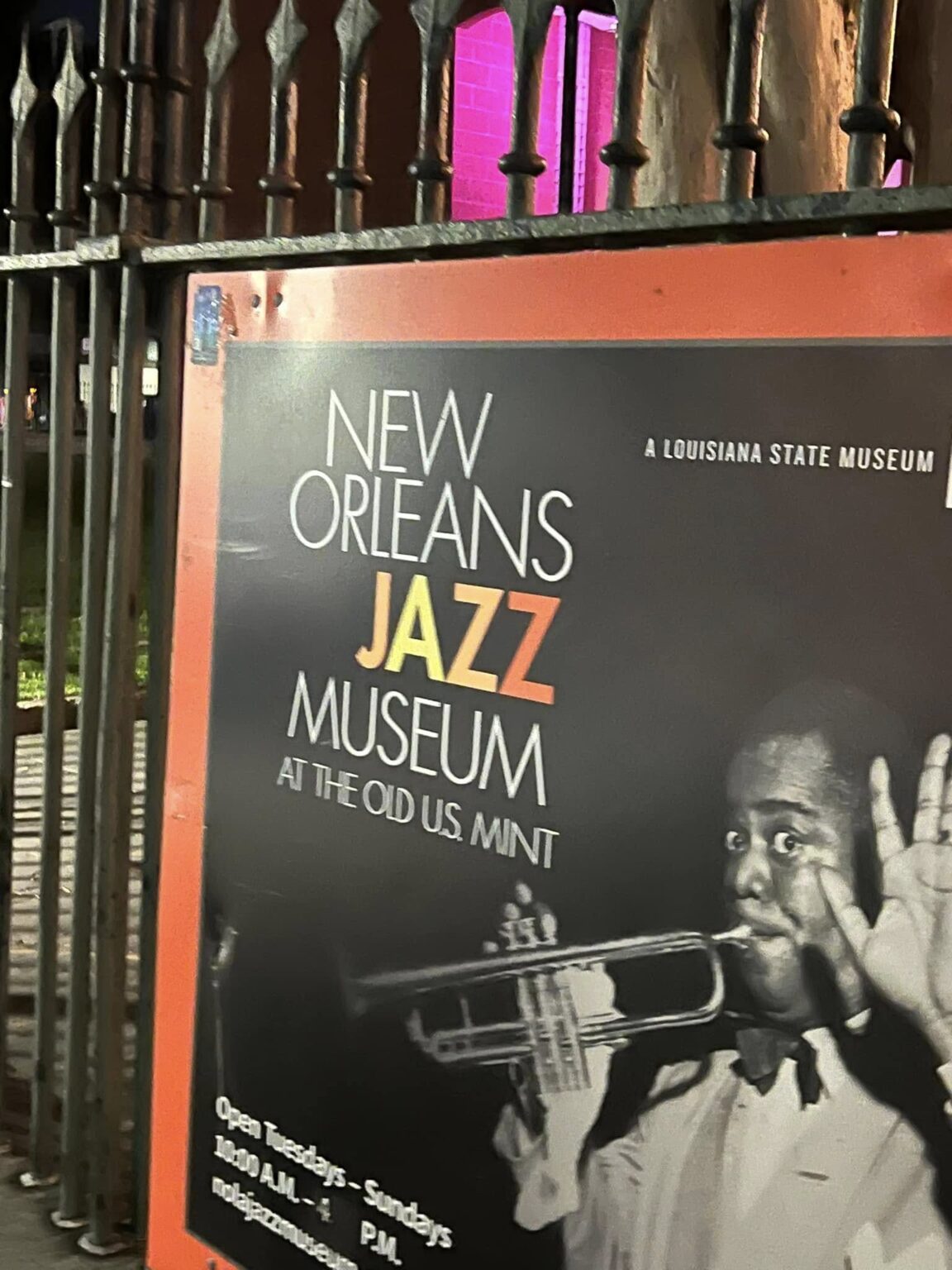(NEW ORLEANS – June 7, 2025) – I’ve seen the documentaries. I’ve heard the music. I’ve long admired the mystique of New Orleans from a distance. But nothing compares to being there—feeling the pulse of the city in real time. After closing out Black Wall Street NOLA 2025 at 2 Phat Vegans in the heart of the French Quarter, I walked away with this truth etched deep in my spirit: the energy of Black New Orleans isn’t just present—it’s powerful, alive, and electrifying.
I don’t pretend to be a New Orleans historian. But as a lifelong student of Black history and culture, I know sacred ground when I stand on it. That’s exactly how it felt at Tremé’s Petit Jazz Museum, where I met Al Jackson—a local historian, cultural griot, and guardian of memory. Our conversation stretched continents and centuries, touching on the Moors, Alexander Pushkin, Haiti, Burkina Faso, and beyond. Through his eyes and voice, I witnessed the global imprint of Black genius. Mr. Jackson isn’t just preserving history—he’s keeping the soul of New Orleans alive.
Jackson, a native of Tremé, founded the museum to preserve and honor the neighborhood’s deep musical roots—especially its central role in the birth of jazz. The museum’s collection of performance contracts, letters, and instruments tells the story not just of a genre, but of a people whose creativity reshaped American music. Through this small but mighty space, visitors get an intimate look into the cultural forces that gave rise to legends and rhythms that still echo around the world.
Tremé itself is hallowed ground. Nestled between North Rampart and North Broad, from Canal Street to St. Bernard Avenue, it’s one of the oldest African American neighborhoods in the U.S., named after Claude Tremé, a French hat maker and developer who arrived in 1783. It’s a place where music, faith, resistance, and celebration coexist—where second lines dance through streets paved with ancestral memory.
One local told me New Orleans is like an island—surrounded by Lake Pontchartrain, Lake Salvador, and the Gulf of Mexico. Its geography made it a gateway for trade and transformation. Sailors once flocked here for pleasure, food, and escape—but the real story runs deeper. Founded in 1718 by Jean-Baptiste Le Moyne de Bienville, the city quickly became a melting pot of French, Spanish, African, and Caribbean influences. From slavery and colonialism to Creole culture and civil resistance, every corner of this city hums with layered history.
Walking through New Orleans, I felt the spirit of the ancestors everywhere. I haven’t yet visited the slave castles of Ghana, but I imagine the sensation is similar. You feel the sorrow and the strength. The terror and the triumph. It’s as if the voices of the past whisper through the Spanish moss, while the drums of the present keep time for the living.
In many ways, New Orleans reminds me of my hometown, Baltimore. Both are port cities. Both have incredible seafood, a signature soup, and football teams we ride for. Both are rooted in African American resilience and expression. But New Orleans carries something else—something singular. Maybe it’s the legacy of Haiti, or echoes of Gullah Geechee culture. Maybe it’s Voodoo—an ancestral power often misunderstood but undeniably felt. Whatever it is, New Orleans is a world unto itself. And the music? Out of this world. After all, this is the birthplace of the magnificent Louis Armstrong.
If you love Black history, music, and culture—New Orleans isn’t just a destination. It’s a revelation.

